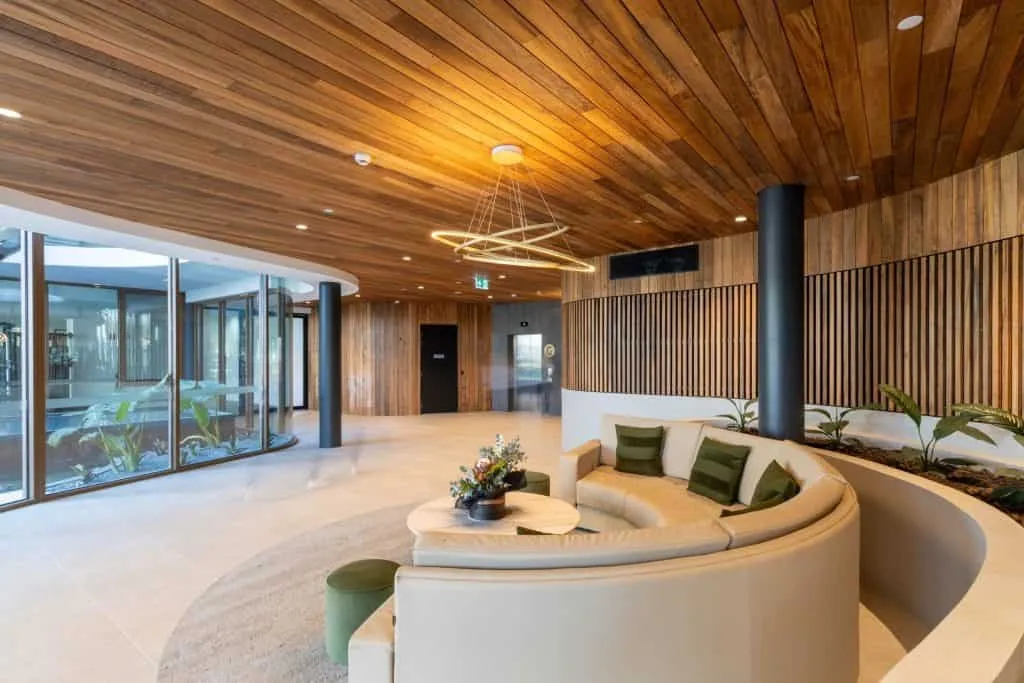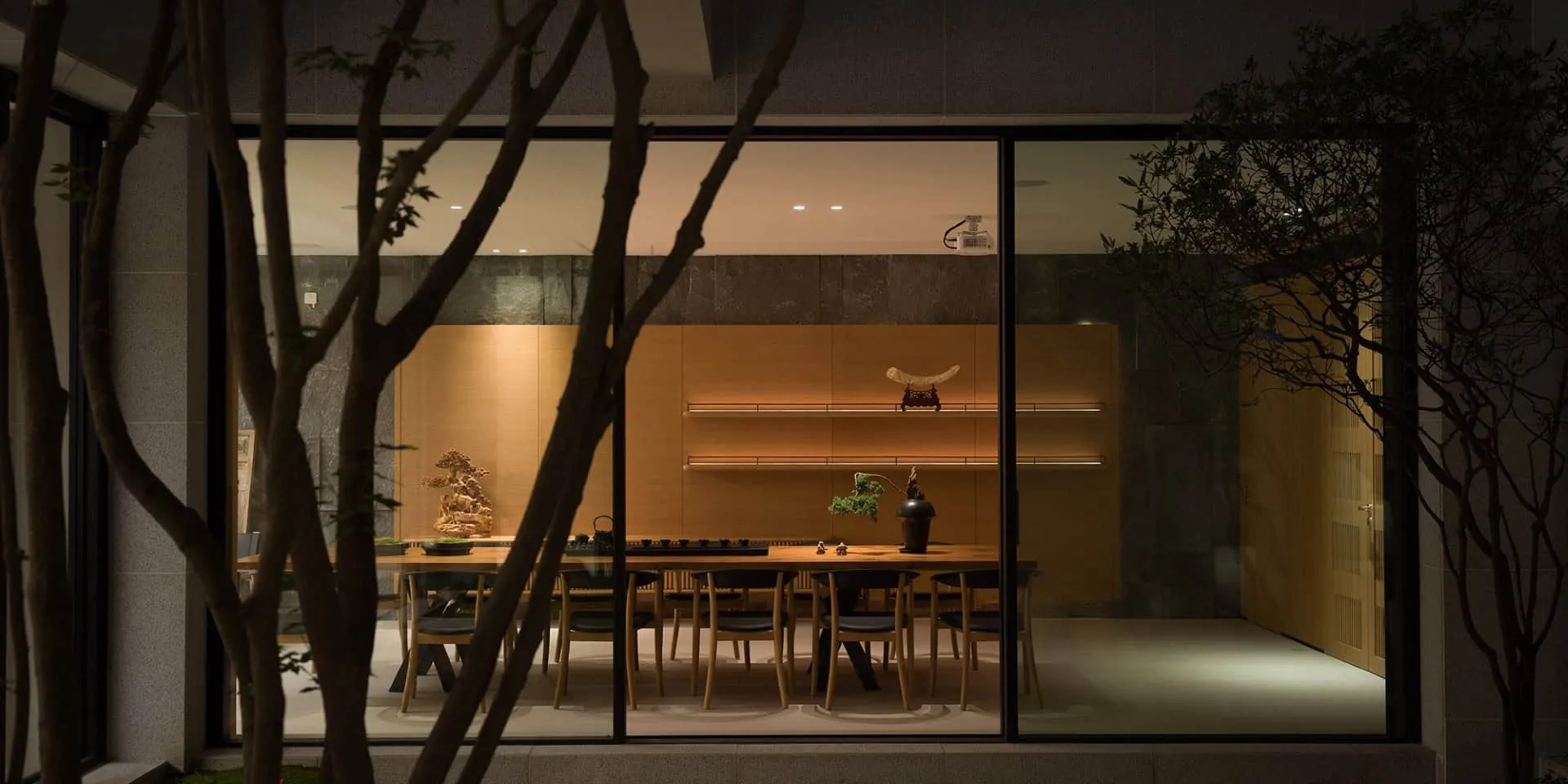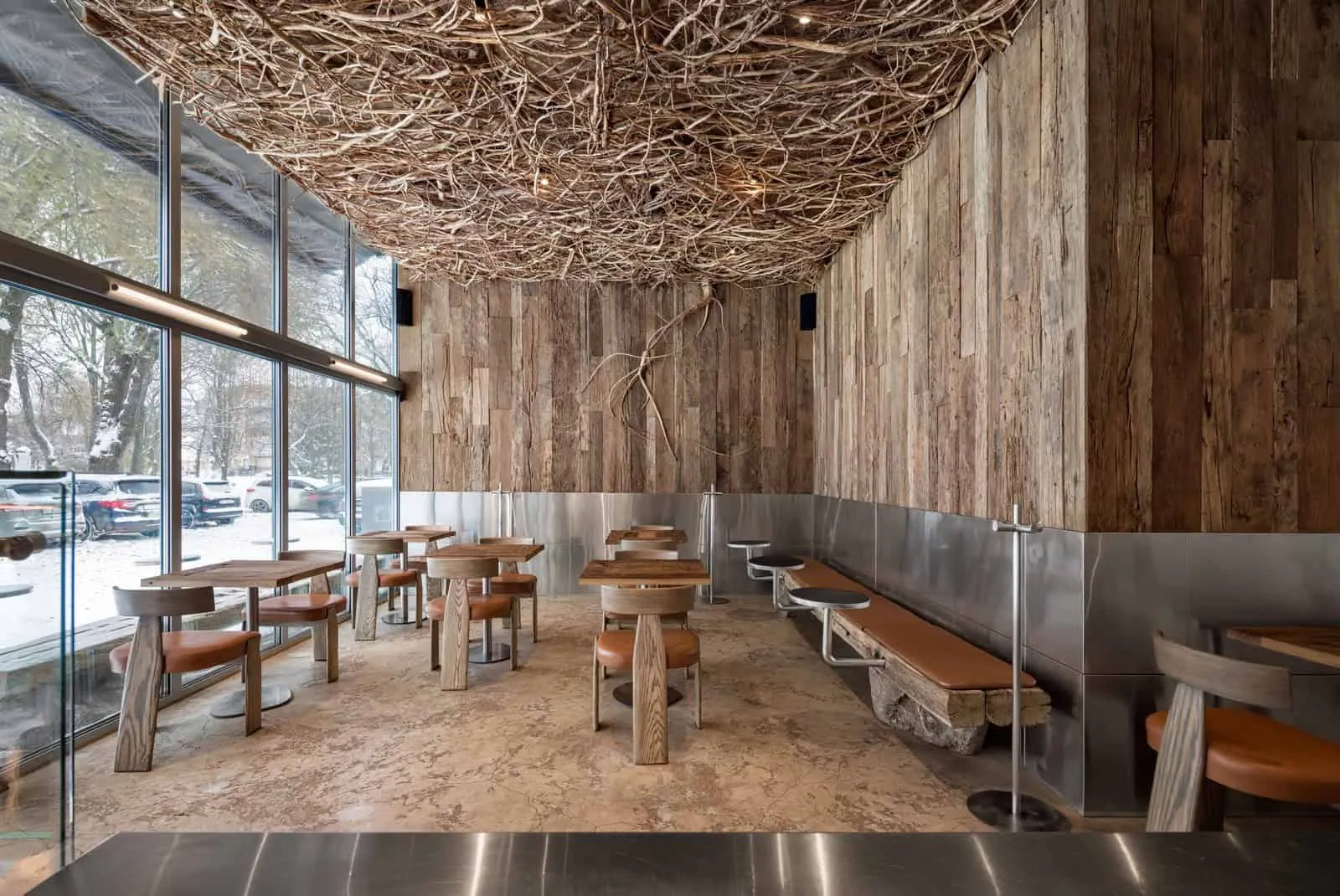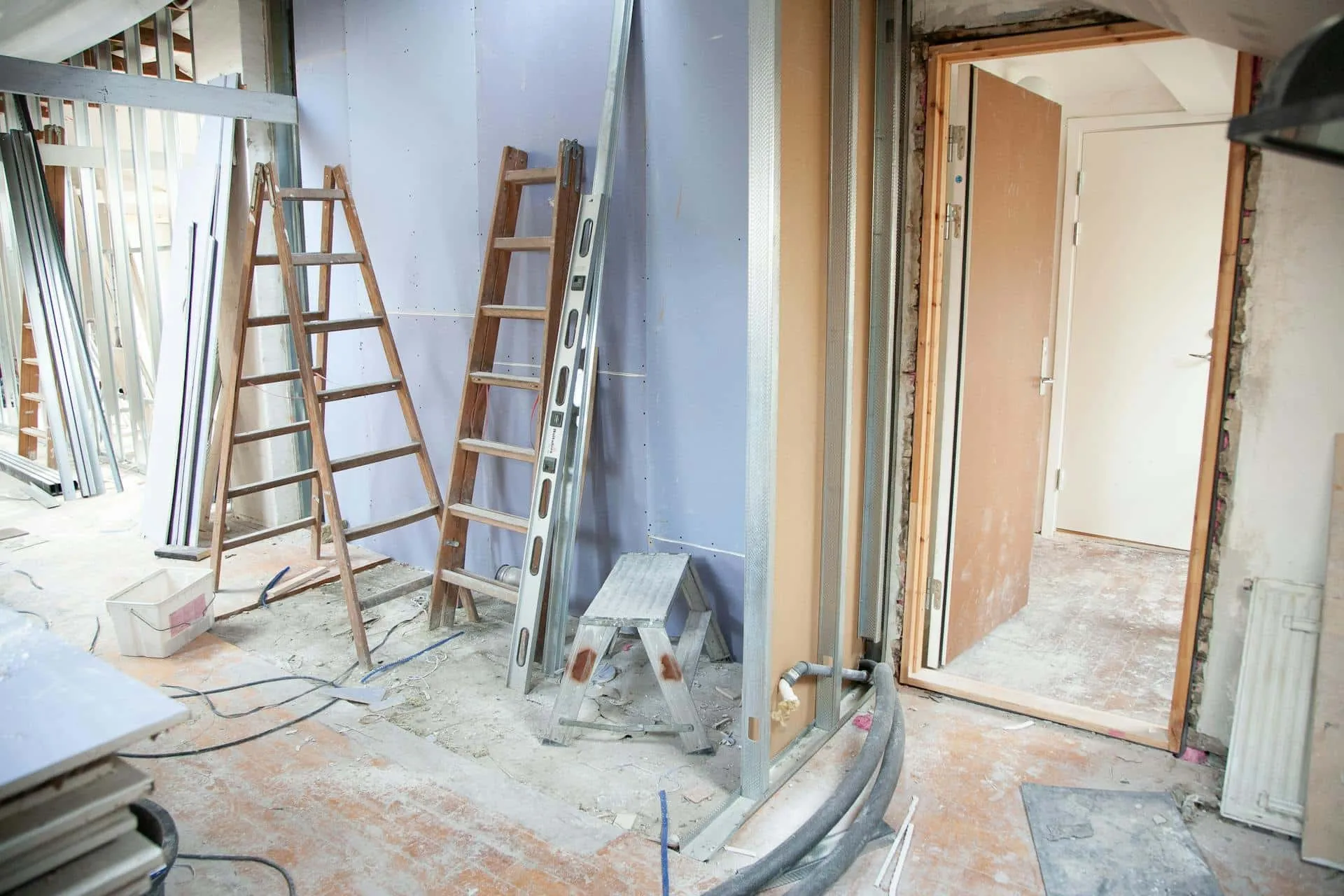There can be your advertisement
300x150
Elevate Your Home Style with Various Types of Ceilings
In home design, ceilings are often overlooked. However, they play an important role in the overall aesthetics and functionality of your space. From creating an illusion of height to enhancing architectural style, the right ceiling can transform any room. In this article, we will explore various types of ceilings for your home, their pros and cons, as well as tips for choosing the perfect option.

Why Ceilings Are Important in Home Design
Ceilings are not just the horizontal surface above your head. They can define mood, style, and even perceived room size. A well-designed ceiling can make a small space feel more spacious, add character to a plain room, and even improve your home's energy efficiency. Understanding the impact of ceilings is crucial for making informed design decisions that will benefit you in the long run.
The Role of Ceilings in Architectural Aesthetics
Ceilings contribute to the overall look and feel of a room. Whether it's a rustic wooden beam ceiling or a modern design, the ceiling sets the tone for the entire space. Choosing the right type of ceiling can enhance your home's architectural style and create a consistent design theme.
Functional Benefits of Different Types of Ceilings
Different types of ceilings offer various functional benefits. For example, an arched ceiling can make a room feel more spacious, while a coffered ceiling adds depth and volume. Some ceilings also provide better thermal insulation, which can help reduce energy costs. Knowing the functional benefits of each ceiling type will help you make a more thoughtful decision.
Impact on Home Value
A well-designed ceiling can significantly increase your home's value. Potential buyers often appreciate unique architectural elements, and a stunning ceiling can set your home apart. Investing in quality ceiling design may pay off when selling your house.
Exploring Popular Types of Ceilings
There are several popular types of ceilings to choose from, each offering its own unique set of advantages and aesthetic appeal. Let's take a closer look at some of the most common options.
Arched Ceilings
Arched ceilings are known for their high, sloped shape that creates a feeling of grandeur and openness. These ceilings are ideal for living rooms, dining areas, and other spaces where you want to make a statement.
- Aesthetic Appeal: Arched ceilings can make a room feel more spacious and open, adding an element of luxury.
- Space Utilization: They work well in homes with sufficient vertical space, but may not be suitable for small rooms.
- Energy Efficiency: While they look impressive, arched ceilings can lead to higher heating and cooling costs due to the increased volume of space that needs to be heated or cooled.
Tray Ceilings
Tray ceilings feature a central section that is raised above the surrounding area, creating a 'tray' effect. This design adds depth and interest to a room without overwhelming the space.
- Aesthetic Appeal: Tray ceilings add charm and elegance, making them ideal for dining rooms and bedrooms.
- Space Utilization: They work well in rooms with standard ceiling height, adding visual interest without requiring additional vertical space.
- Energy Efficiency: Tray ceilings can help with lighting by integrating recessed lights that may be more energy-efficient.
Coffered Ceilings
Coffered ceilings consist of a grid system of recessed panels that add texture and architectural interest to a room. They are often used in formal spaces such as libraries, offices, and living rooms.
- Aesthetic Appeal: Coffered ceilings create a classic, luxurious look that can elevate the design of any room.
- Space Utilization: They require a higher ceiling to accommodate the recessed panels, making them ideal for rooms with sufficient vertical space.
- Energy Efficiency: Recessed panels can help with acoustics, reducing noise levels in the room.
Pros and Cons of Each Ceiling Type
Choosing the right type of ceiling requires weighing the pros and cons of each option. Here is a more detailed look at key points related to some popular ceiling types.
Arched Ceilings
Pros:
- Create a sense of spaciousness and grandeur
- Enhance natural lighting
- Add architectural interest
Cons:
- Higher energy costs
- Can be difficult to maintain
- Not suitable for small rooms
Tray Ceilings
Pros:
- Add depth and visual interest
- Suitable for standard ceiling heights
- Can integrate recessed lighting
Cons:
- Require precise installation
- Might not suit all architectural styles
- Can be expensive to install
Coffered Ceilings
Pros:
- Add texture and architectural detail
- Reduce noise levels
- Suitable for formal spaces
Cons:
- Require high ceilings
- Can be expensive to install
- Not suitable for modern minimalist designs
Unique Ceiling Designs from Around the World
Looking for inspiration? Here are some unique ceiling designs from around the world that can add global charm to your home.
Moroccan-Style Ceilings
Moroccan ceilings are often distinguished by intricate patterns and vibrant colors, creating a bold and exotic look. These ceilings are perfect for adding drama and elegance to any room.
Scandinavian-Style Ceilings
Scandinavian design is known for its simplicity and functionality. Wooden beams in the ceiling are a common element, adding warmth and texture to the space.
Japanese-Style Ceilings
Japanese ceilings often include natural materials such as bamboo and wood, creating a calm and harmonious atmosphere. Paper lanterns and visible wooden beams are frequently used.
Tips for Choosing the Right Ceiling for Your Home
Choosing a suitable ceiling for your home requires considering several factors. Here are some tips to help you make the right choice.
Consider Your Home's Architectural Style
Your ceiling should complement the overall design of your home. For example, a coffered ceiling might be ideal for a traditional house, while a modern ceiling would better suit a contemporary interior.
Think About Maintenance
Different types of ceilings require different levels of maintenance. Arched ceilings might be harder to clean and maintain, while tray and coffered ceilings may require more frequent cleaning.
Evaluate Energy Efficiency
Consider how your ceiling choice will impact your home's energy efficiency. Some ceilings can help with insulation, while others may lead to higher energy costs.
Consider Materials
Choose materials that are durable and easy to maintain. For example, wooden beams can add warmth and texture but require more care than plaster or drywall.
Height and Dimensions
Ensure your ceiling choice fits the room's dimensions. High ceilings can make a room feel more spacious, while low ceilings create a cozy and intimate atmosphere.
Budget
Different ceiling types come with varying costs. Coffered and arched ceilings are typically more expensive due to their complexity, while tray ceilings may be more budget-friendly.
Conclusion
Ceilings play an important role in your home's overall design and functionality. From arched to coffered, each ceiling type offers unique benefits and challenges. Carefully weighing your needs, preferences, and the characteristics of each ceiling type can help you make an informed decision that improves both the beauty and functionality of your space. And if you're planning a trip (like when I had to go for surgery), don't forget to explore inspiring ceiling design solutions from around the world for additional inspiration. Happy designing!
More articles:
 Snowy Hotels of Southern France That Will Transport You to This Paradise Region
Snowy Hotels of Southern France That Will Transport You to This Paradise Region Dream Island by GROWTO Design in Chengdu, China
Dream Island by GROWTO Design in Chengdu, China Makeup Tables with Mirrors: Functionality and Style
Makeup Tables with Mirrors: Functionality and Style DROP — Coffee Shop in Kovel, Ukraine with Authentic Design
DROP — Coffee Shop in Kovel, Ukraine with Authentic Design New Symbol of Dubai - Futuristic One Zaabeel Complex
New Symbol of Dubai - Futuristic One Zaabeel Complex Duct Cleaning After Construction: Essential for Healthier Homes and Efficient HVAC Systems
Duct Cleaning After Construction: Essential for Healthier Homes and Efficient HVAC Systems Dune House by Herbst Architects in New Zealand
Dune House by Herbst Architects in New Zealand Dune House by KLG Architects in Betty Bay, South Africa
Dune House by KLG Architects in Betty Bay, South Africa